SUMMARY
This is AI generated summarization, which may have errors. For context, always refer to the full article.
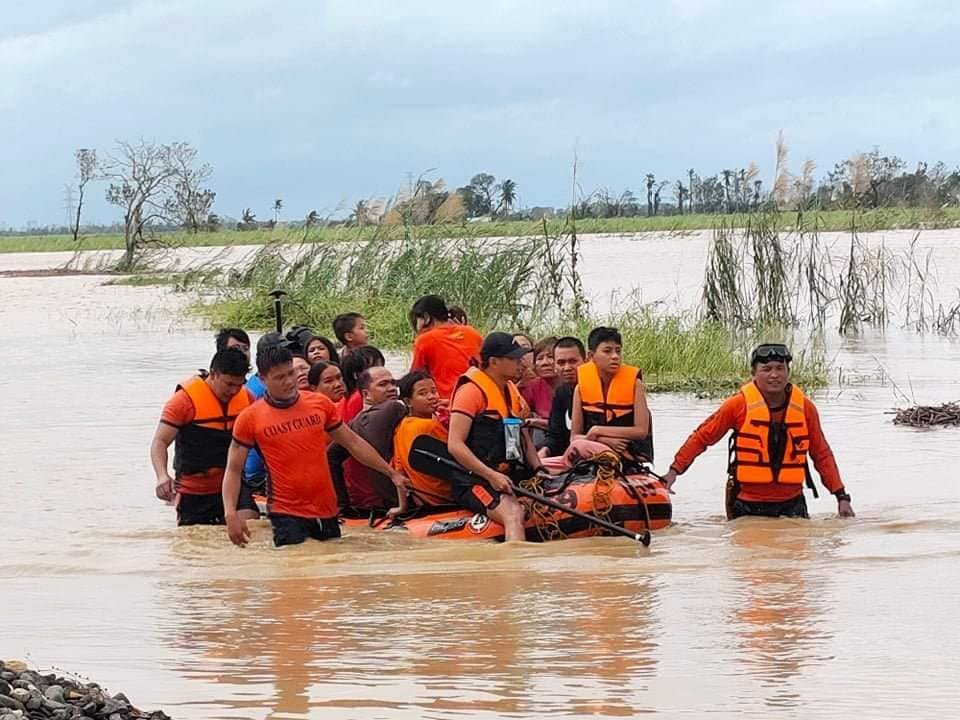
MANILA, Philippines – Thousands of local officials and disaster managers, along with journalists, will be getting a crash course on the weather, earthquakes, and volcanoes in the second half of 2022, as the government seeks to boost understanding of natural hazards and disaster response.
The Department of Science and Technology and the Department of the Interior and Local Government launched the P27.38-million Project MAGHANDA on Monday, June 20, as part of Typhoon and Flood Awareness Week.
MAGHANDA stands for Meteorological and Geological Hazard Advisories, Warnings, and Notifications for Decisive Action.
The nationwide project is led primarily by the Philippine Atmospheric, Geophysical, and Astronomical Services Administration (PAGASA), with the Philippine Institute of Volcanology and Seismology as one of its partners.
Why the need for the project?
In a press briefing on Monday, PAGASA said the goal is to develop understanding of warning messages so that local officials can plan appropriate responses.
“Most of the time, our products and services are not, shall we say, fully appreciated by our end users because of some technical jargon…. That’s why we want to bridge the gap, so to speak, in order for us to effectively reach our end users,” PAGASA International Science Relations Officer III Bernard Punzalan II said in a mix of English and Filipino.
In the weather bureau’s case, it informs the public about the 20 or so tropical cyclones that enter the Philippine Area of Responsibility each year and their accompanying hazards.
“Kailangan po natin laging isaisip na mayroon tayong dapat paghandaan at alam natin ang gagawin natin kapag nandito na ‘yung typhoon season,” PAGASA Deputy Administrator for Research and Development Esperanza Cayanan said.
(We always have to keep in mind that there’s something we should prepare for and we must know what to do during typhoon season.)
But one problem is that people tend to forget, PAGASA Administrator Vicente Malano pointed out.
“Kung titingnan po natin, historically…’yung ating span of memory, maiksi. Parang nakakalimutan natin kung ano ‘yung nangyayari…. Kahit na isang taon lang ‘yung nakaraan, nakakalimutan na natin,” Malano said.
(If we look at it, historically, we have short memory spans. It’s as if we forget what happened in the past. We forget even though the disaster happened just a year ago.)
Who are joining the project and when?
More than 7,000 participants from the country’s 17 regions, including governors, mayors, disaster risk reduction and management officers, emergency responders, and members of the media, are expected to join online training sessions.
Emergency responders include those from the Philippine National Police, Armed Forces of the Philippines, Bureau of Fire Protection, and Philippine Coast Guard.
The virtual sessions will be held from July to November, to be rolled out first for those in Mindanao, followed by the Visayas, and then Luzon.
The timing of the project is also significant as it begins shortly after the May elections.
“We are looking forward to training…newly elected local government officials and local disaster risk reduction and management officers…on the latest hazard and information systems, with the corresponding warning messages, most especially the first-timers,” said Interior and Local Government Undersecretary Nestor Quinsay Jr.
“This will also serve as reeducation for the reelectionists and last termers on how they can better prepare their LGUs (local government units) in case of disasters.”
Educational materials used in the sessions will be stored in Canvas, a learning management system. PAGASA said this online repository will be maintained even after the project ends.
What exactly will participants learn?
The training sessions will cover the following:
Meteorological topics
- Tropical Cyclone Wind Signals
- Rainfall Warning System
- Gale Warning
- Lightning Detection Alert System
- Flood Warning System
- Storm Surge Warning System
- El Niño-Southern Oscillation
- New PAGASA website
Geological topics
- Introduction to Philippine Seismic Network
- Earthquake Information
- Tsunami Detection and Warning System
- Landslides
- Volcano Monitoring System
- Fault Finder tool
- Hazard Hunter tool
– Rappler.com
Add a comment
How does this make you feel?
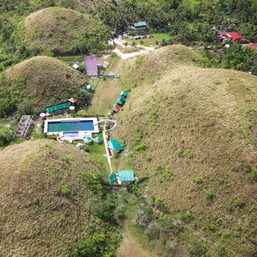

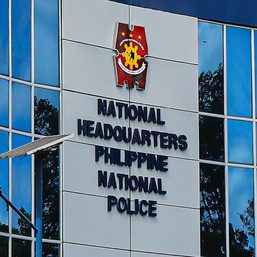
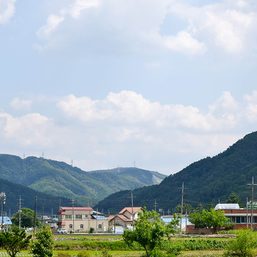
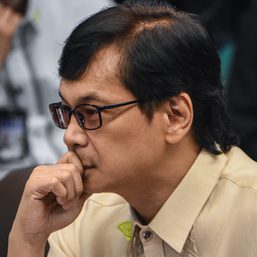

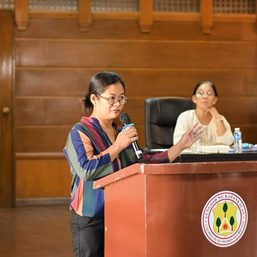
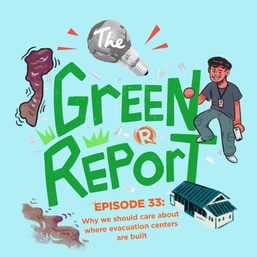

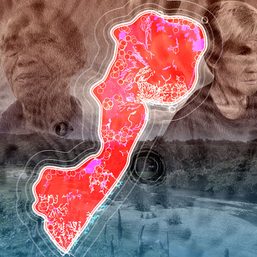

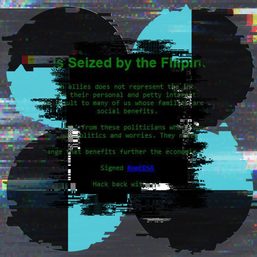

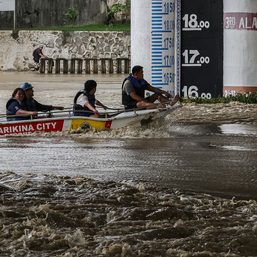
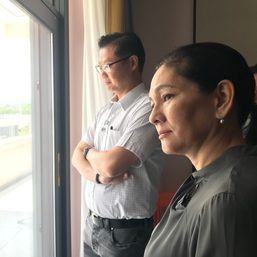
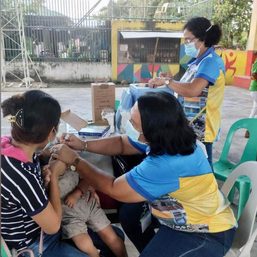
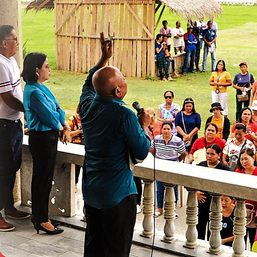
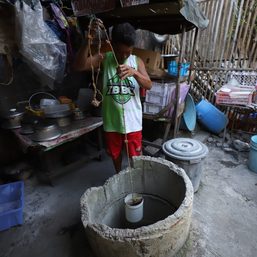
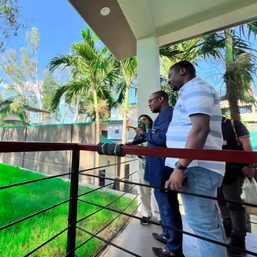
There are no comments yet. Add your comment to start the conversation.